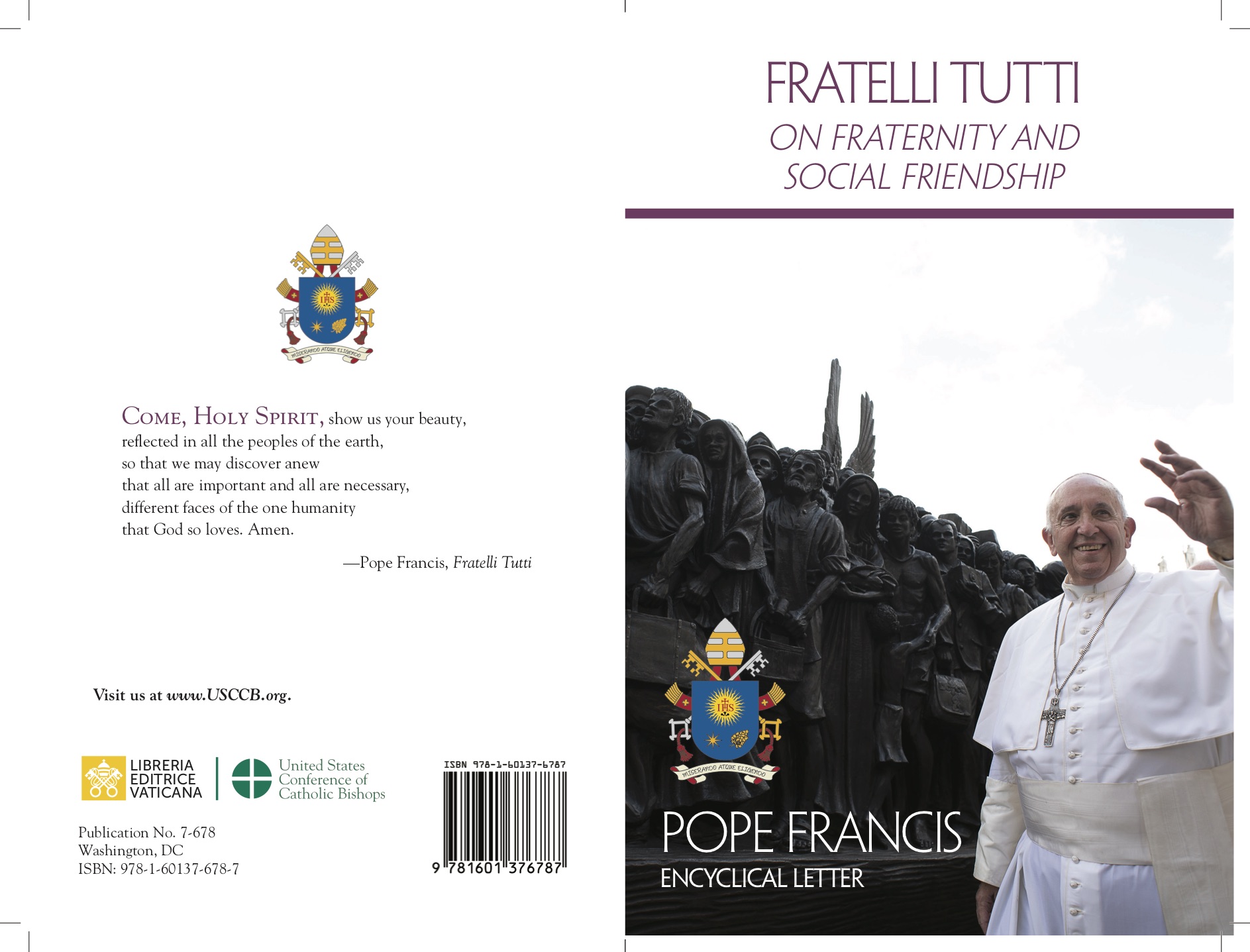Celebrating Nicaea, between memory and hope

Perhaps we recall Don Abbondio’s famous phrase—Carneade, who was he?!—as a way of describing vague and hazy memories. Could the same be true for Nicaea? Not so much the ancient town, which is today Iznik, in Turkey and of little importance today, but rather the significance of the First Ecumenical Council event that took place there 1,700 years ago.
At the time, the term “ecumenical” referred to “the whole inhabited world”, but since the council is recognized by various Christian denominations, we can now call it ecumenical in another sense as well. Perhaps for this reason, its anniversary has moved beyond the domain of historians and is drawing interest from diverse ecclesial circles. It has been referenced in discussions on the Synod on Synodality, and is the focus of ecumenical events such as the Faith and Order meeting in Wadi el-Natrun, Egypt, to take place in October 2025. In addition, it has been acknowledged in the papal bull proclaiming the Catholic Jubilee, and a subject of study for the Secretariat for Ecumenical Activities (SAE).
The 325 AD event, however, was not without its challenges. At least three major issues were at stake. The first, how should God be spoken about; the second, whether it was possible to standardize the date of Easter; and third, how should the discussion regulate various aspects of ecclesial life. It certainly took place at a turning point in relations with the Empire, under Constantine’s strong influence. No one desires persecution, of course, but are we sure we welcome Emperors, especially when they profess Christianity while wielding unchecked and overreaching power, both then and today? The Council (or Synod, a term with a similar meaning) made certain decisions quickly, but what followed was a turbulent period, marked by exiles, violence, and anathemas. Are we willing to pay such a price for a shared profession of faith? Furthermore, later artistic depictions (not from the time itself, but from later centuries) often present a Church that was represented by miters and purple robes, and transitioning from an imperial system to an exclusively episcopal, male, and hierarchical structure. In short…
Allora, ci poniamo delle domande: celebrarne l’anniversario può essere anche un momento di pentimento e di conversione? Può ricordare non solo elementi luminosi, ma anche le loro molte ombre? Può spingerci a cercare una comunione ospitale, che pur cercando di trovare parole comuni rifugga dalle condanne e dagli anatemi? Credo che sia non solo auspicabile ma anche possibile, se abbandoniamo l’apologia di regime per raccogliere storie plurali, dissensi e anche consensi, non imposti, ma condivisi. In questa direzione e a queste condizioni, in fondo, Nicea è anche un segno di speranza: cercare insieme di balbettare nel “nome di un Altro o un’Altra” che per brevità chiamiamo Dio, plurale aperta ospitale “trinità”, è spazio benedicente, può essere tempo pacificante.
So, we ask ourselves: can commemorating this anniversary also be a moment of repentance and conversion? Can it remind us not only of its bright aspects but also of its many shadows? Can it urge us to seek a more hospitable communion, one that, while striving for common words, avoids condemnations and anathemas? I believe this is not only desirable but also possible—if we move beyond regime apologetics and embrace plural stories, dissent, and even freely shared consensus. In this sense, and under these conditions, Nicea remains a sign of hope. It is a reminder that searching together for ways to stammer in the “name of Another (male o female)”—who for brevity’s sake we call God, the open and hospitable “Trinity”, can become a blessed space and a time of peace.
by Cristina Simonelli
Theologian, Professor of Ancient Church History, Faculty of Theology of Northern Italy, Milan




 Purchase the Encyclical here Fratelli Tutti
Purchase the Encyclical here Fratelli Tutti